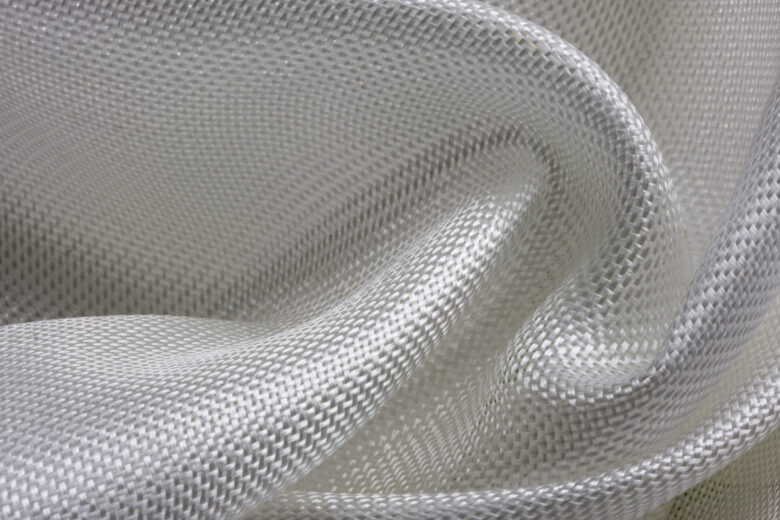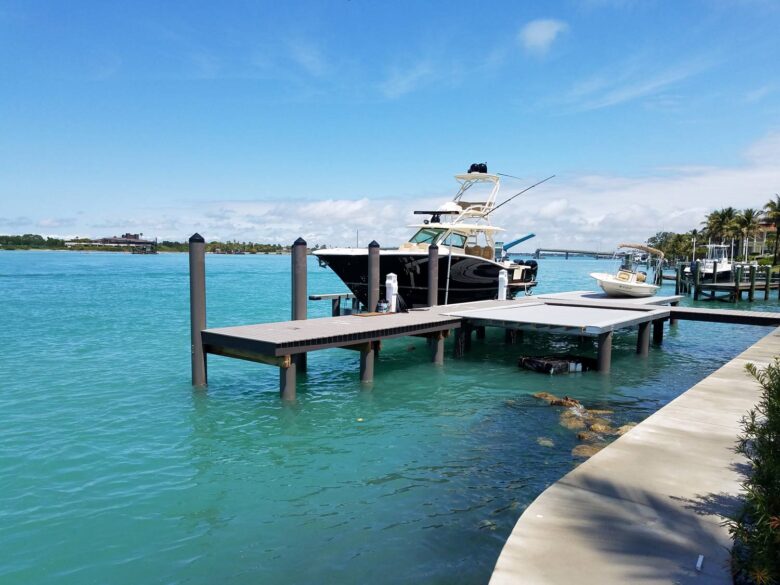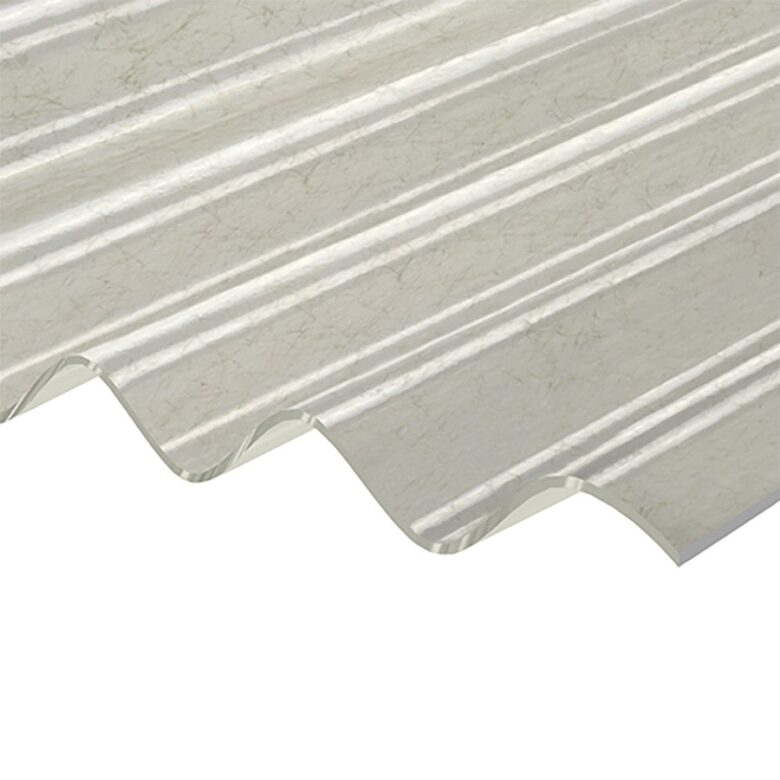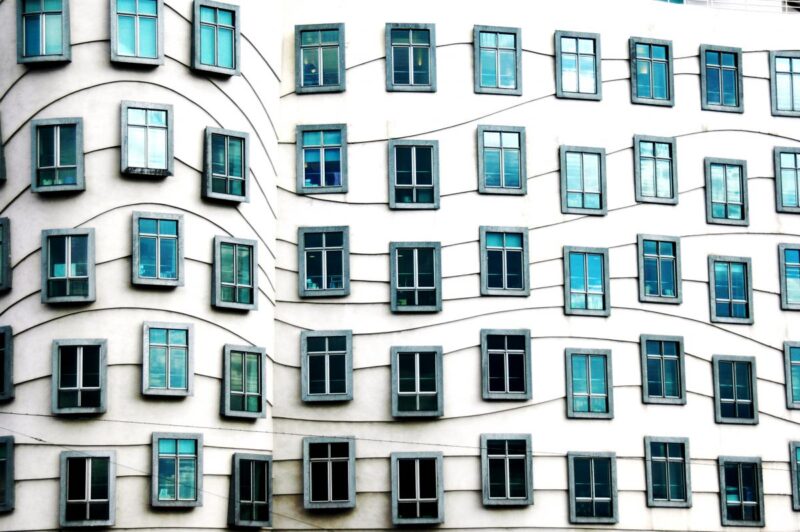If you take a look at some of the buildings located around or near you, you probably won’t notice that fiberglass was used for constructing them. After all, people usually don’t consider that this particular material is used for building different structures, mostly because they think it’s not sturdy enough, however, this isn’t true.
So, if you were thinking the same thing, you should know that it is, perhaps, one of the most used materials in the building and constructing industry, especially since it has various, beneficial properties. Luckily, the article below might shed some light on the entire topic. But, before we take a look at the uses of this beneficial substance, let’s first take a closer look at what it actually is:
Fiberglass: Explained

Fiberglass or as it’s also commonly known as glass-reinforced plastic – GRP for short – is a laminate, composite substance that is manufactured from glass fibers. Its initial and most frequent purpose is for reinforcing other, less durable elements, including various types of plastics.
Now, in most situations, it’s mass-produced, however, in some cases, it could also be manufactured by hand. After it’s cured, it’ll generate a complicated matrix that, as the name implies, features glass, as well as plastic fibers. When talking about the benefits of this material, you should know that there are many.
For starters, the composite characteristics of the highly durable fibers and the resilient plastic make the GRP durable, however, lightweight. Additionally, it’s resistant to rust and different weather conditions, which is exactly what makes it suitable for various industries, including building and construction.
When talking about the building and construction industry, these properties will allow companies to install the substance easily, and since it won’t require a lot of supporting structure, it’s also extremely sturdy, and more importantly, it won’t require a lot of maintenance.
So, What is it Used For in The Building And Construction Industry?

By now, you probably realized that there is a wide range of applications in the industry. However, for the sake of this article, we’ll be mentioning some of the most common uses and applications, including things such as:
1. Used For Creating Earthquake-Resistant Bricks
One of the first uses that are worth mentioning is that it can be used for molding bricks as separate structural units, units that can be used for constructing walls. Once they’re placed, they’re capable of interlocking with one another, which means that there will be no need for joining the units together.
When a model home was built by using this material and when it was tested, it has been revealed that the results are satisfactory when talking about it being resistant to the horizontal waves of earthquakes. If you opt for this material, you’ll be able to mold bricks which will all be durable, lightweight, fireproof, and they can also be painted to suit the area.
2. Used For Thermally Insulating an Area
According to the experts grpgratingsystems.co.uk that specialize in manufacturing GRPs, people can utilize this material in order to thermally insulate a specific area, which means that it’ll be fire-resistant. Construction companies can, for example, pour it or inject it into roofs, but it can also be placed in double walls.
3. Used For Making Structures Rust-Free

Companies that, for instance, construct different structures such as marinas or docks must ensure that they utilize materials that aren’t prone to rust. After all, docks will easily get corroded and damaged by the seawater, hence, building companies most commonly use fiberglass as a way to protect the materials.
Besides docks and marinas, it could be utilized in other structures as well, especially the ones that feature a lot of metals and materials that can be influenced by different things including the weather. Additionally, GRP can be painted, meaning that it can be completely customized to suit the project’s needs and requirements.
4. It’s a Suitable Option For Floors
A lot of organizations choose to use fiberglass as a floor covering. Why do they do this? Well, mostly because of all of the aforementioned benefits, but more importantly, they use it because it’s resistant to wear and tear, meaning that they can place it in a high-traffic area without being worried about it getting damaged.
5. It Could Be Used For Reinforcing Walls
You might not know this, but it’s still worth mentioning – yarns made from this composite are utilized for manufacturing mesh fabrics. Since the material is extremely durable and resistant to a wide range of things, the mesh fabrics created from it can be utilized for reinforcing facades, as well as interior walls.
Besides reinforcing different components and structures within a building, it could also be capable of preventing cracks in the interior walls, which means that it can help secure the building. Additionally, you should know that it’s something that’ll help with different insulation systems too.
6. It Can Be Used For Transparent Screens

When talking about transparent screens, GRP can be as versatile as other substances including plastic and metal, mostly because it could be made into different shapes. Besides this, the overall look can be improved by applying a glossy finish to it, meaning that it can be used for transparent screens.
If you choose to mix it with other substances such as polyester or concrete, GRP can be utilized as cladding and since it comes in panels, people can easily install it even as roofs, windows, and walls. Keep in mind, there are various options on the market, hence, do some digging before you opt for a specific type.
Conclusion
Glass-reinforced plastic or as it’s also referred to as fiberglass is a durable and lightweight material that has a wide range of applications. And, as you were able to learn from the article above, there are various processes it’s used for, especially when talking about the construction and building industry.
Hence, now that you have learned more about the applications of this composite in this particular industry, you might not want to waste any more of your time. Instead, if you need fiberglass for your construction project, open up your browser, and start searching for a company that’ll provide you with the items you need.



